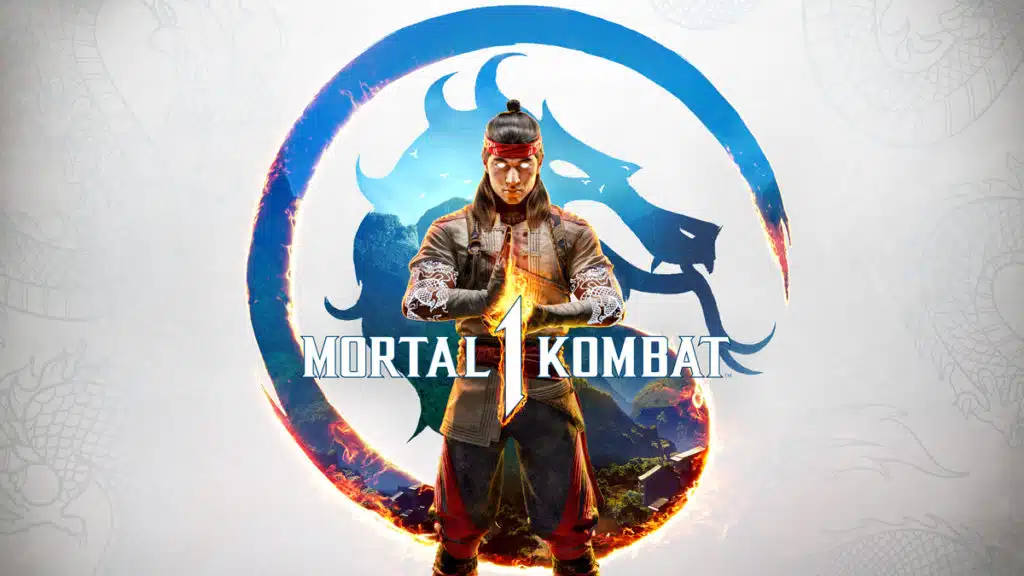Fighting game enthusiasts have been blessed with a bounty of new entries to the genre this year. Street Fighter VI was a resounding success, with Tekken 8 right around the corner in January 2024. Not content to be outdone, NetherRealm Studios are back to deliver their own blood-soaked riposte in the shape of Mortal Kombat 1.
Part soft reboot and part continuation of the previous Mortal Kombat lore, this new entry aimed to scale back the mechanics and deliver more of a purist’s fighting game. The fatalities and violent edge remain, but with more focus on the story and what we’re all here for – uppercuts, combos and drop-kicks. Oh, and a new Kameo system.
Can the back-to-roots approach prove enough to earn the title of Mortal Kombat conqueror, or will Earthrealm succumb to a failure to innovate? Let’s dive in and Finish Him, shall we?
Shao Khan’t Fight Time
Throughout the series’ recent entries, Mortal Kombat has made an increasing commitment to providing an entertaining, if goofy, story mode. Mortal Kombat 1 doubles, and triples, down on this approach. Jumping off the end of Mortal Kombat 11, where Liu Kang usurped Kronika to become Keeper of Time, Mortal Kombat 1 is a soft reset of the series.
Liu Kang has painstakingly crafted a new timeline, one where, presumably, the Realms can exist in relative harmony with one another. Every character, arc and pivotal moment has been hit with the restart button. It provides a fantastically enjoyable framework with which to re-introduce the original cast and re-envision their stories.
Across the roughly 4-5 hour campaign, I laughed, gasped and embraced almost every minute of it. NetherRealm has done an excellent job in reframing the stories of these well-known figures, while still adding elements that are fresh and entertaining. The final chapter in particular is one big homage to the entire series and culminates in a rip-roaring crescendo.
There are some slower moments and the time-meddling messiness rears its head in the second half, but the tongue-in-cheek approach works wonders. From Johnny Cage’s movie reference one-liners to the drama of the Lin Kuei clan, there are many nostalgic nods and humorous moments. I’ve enjoyed Mortal Kombat stories before, but this feels like one that’s worth the price of admission alone, a rare sentiment for the fighting game genre.
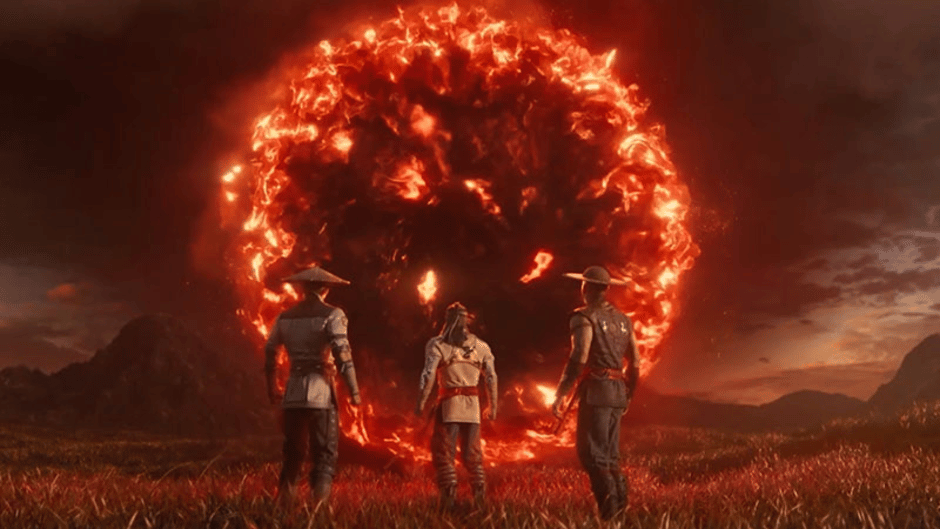
Broken Skulls & Bones
Naturally, the vast majority of players won’t be returning to the Mortal Kombat franchise for in-depth narrative. Oh no, they’ll be here for the special moves, the air juggling and a litany of crushed limbs. Much like the story, the gameplay and fighting mechanics have been fully scaled back and completely revised. Character’s movesets have been reworked too, meaning my beloved Sub-Zero isn’t nearly as powerful as he once was.
Gone are character variations, interactive environments, customisable moves and easy-to-spam enhanced specials. Instead, Mortal Kombat 1 returns to the roots of learning precise I-frames, connecting multiple combos and using your specials in sync with the rest of your chosen fighter’s attacks. Initially, I did miss the variety of character variations. Over time though, I came to appreciate the stripped-back focus on practice, timing and precise inputs.
Enhanced moves in particular have had a subtle but noticeable tweak. Instead of hitting R2 at the end of the combo chain (making it super easy to pull them off), you now have to hit R2 simultaneously with the other inputs. It sounds like nothing, but when you’re in the thick of being upper-cutted and juggled into Outworld, it makes a world of difference. The skill curve for online play and mastery has increased as a result, which provides a more satisfying skill ceiling.
For newcomers, this may not be the most forgiving entry to jump into. Despite a lot of hours in MK’s 9, 10 and 11, I was getting an equal ass-kicking as I was dishing out said ass-kickings. The playing field has been simultaneously levelled, while also becoming more arduous to reach the end of. More skill and less spamming of overpowered specials is welcome, however, and the change is mostly for the better.
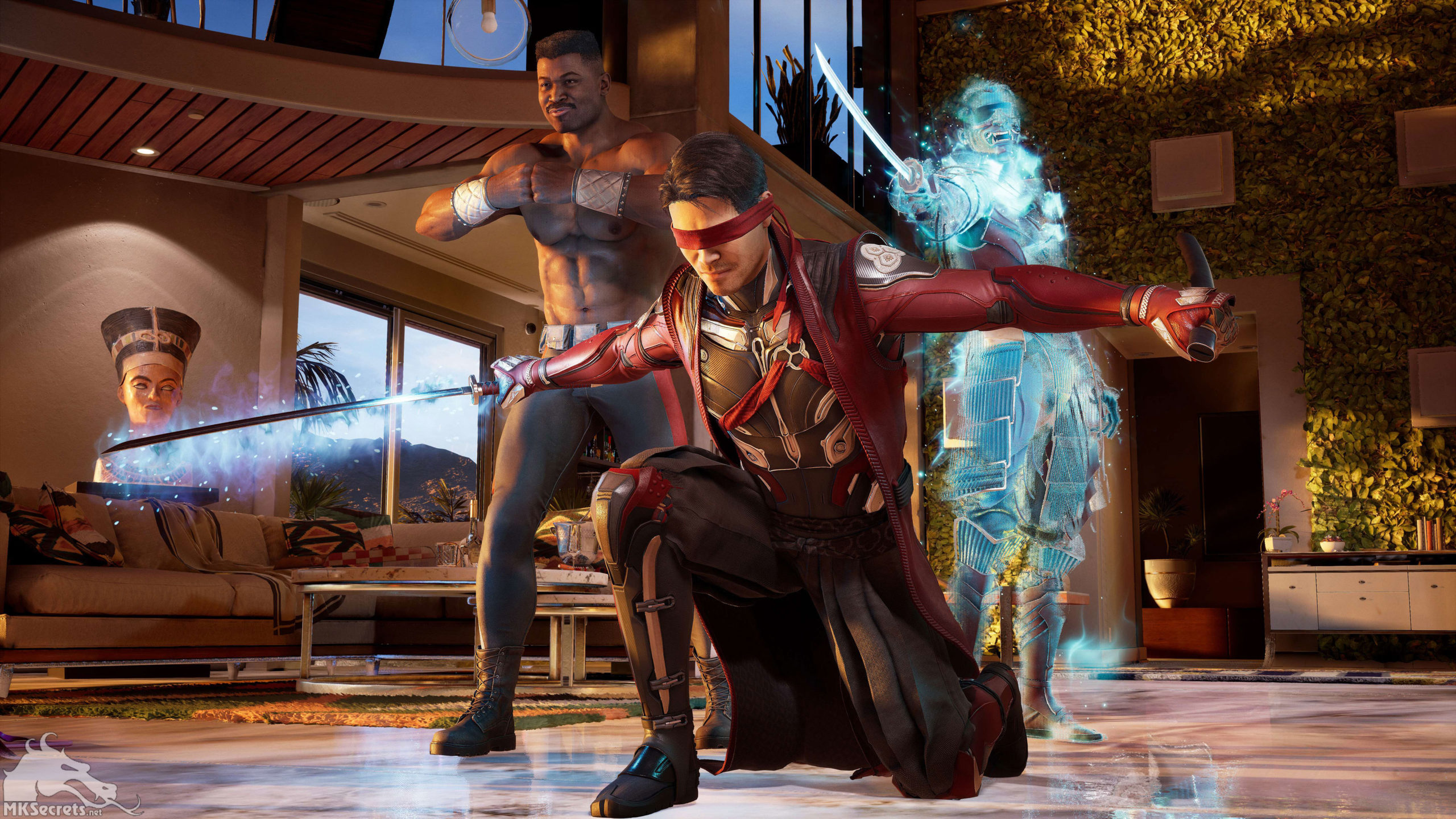
A Cage’d Kameo
This brings us nicely to Mortal Kombat 1’s biggest new addition – the Kameo system. With so many previous overburdening layers and features being paired back for the benefit of refinement, NetherRealm likely felt compelled to make a substantial novel inclusion to the combat formula. The Kameo system is just that – offering the means to call in off-screen fighters to perform a specific move or combo.
Some series mainstays are relegated to this feature, including favourites like Jax and Sonya. I’ll be quite honest, I’m not Kameo’s biggest fan. The game places some fighters into what is essentially a four-move ability set and it feels a bit disappointing from the jump. The second issue I had with it was how they disrupted rather than enhanced the combat flow.
I experimented with each of the Kameo roster a fair bit during my playtime, and I never truly clicked with any of the characters, nor the system itself. Either I found a move – like Darrius’ whirlwind attack – that was too strong, or I’d be frustrated that the attacks stopped my character in their tracks while it played out. It just seemed far more effective to use one of my own combos instead. During my forays online, I found most people largely forgoing them altogether, too.
For the most part, I didn’t really make use of the system in the majority of fights, consequently. I’m sure higher-level players will find the means to incorporate them into the core combat more, but I didn’t feel it meshed particularly well. It almost felt a bit gimmicky. From their violent but less in-depth fatalities to the odd way it marries up from cutscene to gameplay (why would Liu Kang just… watch?), it felt like a system born of a good idea but only decent execution.
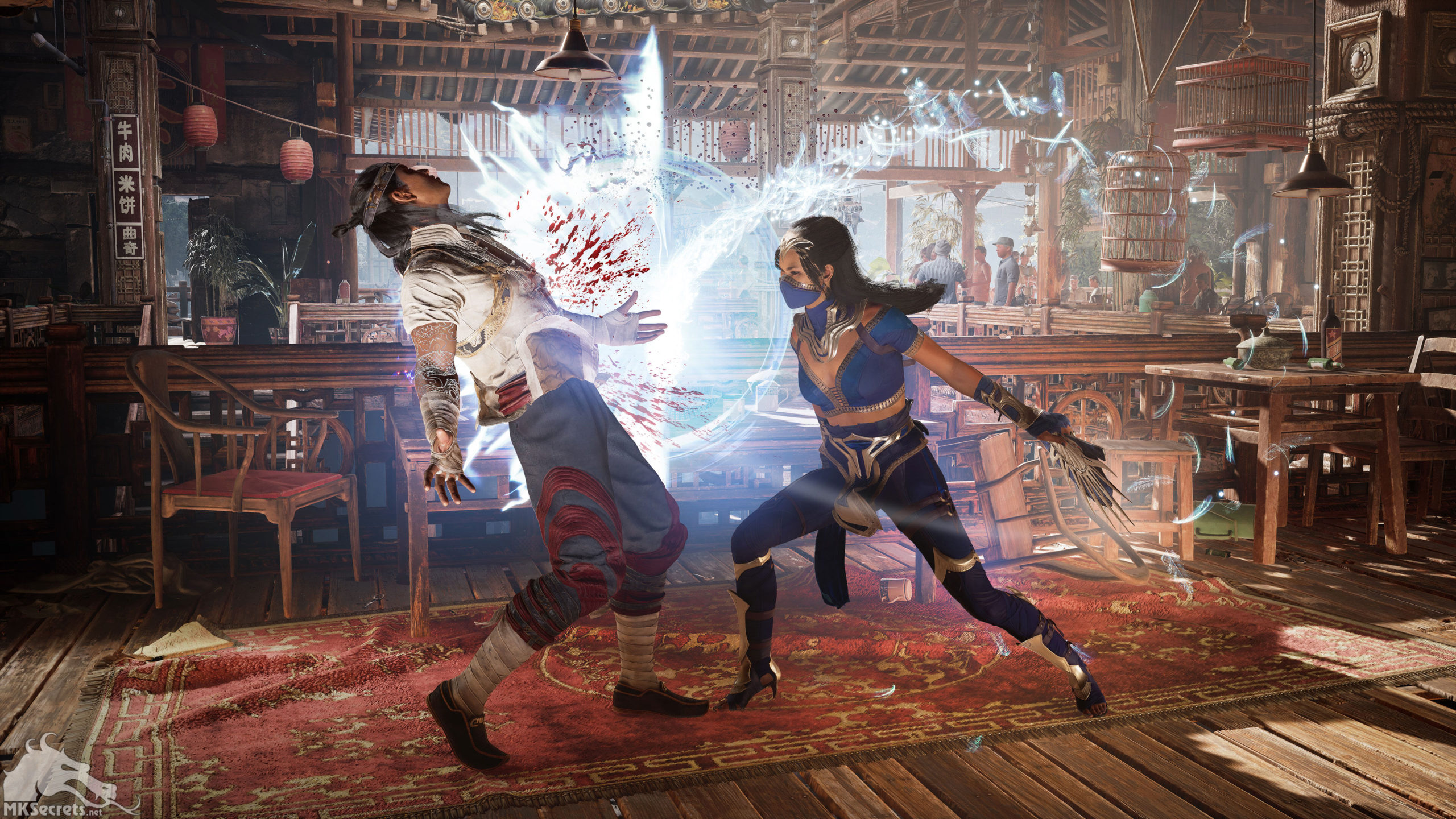
Kang You Invade This World?
Thankfully, the Kameo mechanic was my only real gripe with Mortal Kombat 1’s gameplay and structure. This newest entry hosts a variety of offline and online modes, including series mainstays Towers, Campaign, Versus online and Tournaments. Invasion is where things have seen some variety and a fresh right hook of paint.
In Invasions mode, which will reset with new maps and enemies every season, you move your character across a board-game akin set of overworld maps. On each tile, you’ll encounter an enemy, Test Your Might, Tower or random event. You’ll level up an overall rank to increase your chosen avatar’s stats and there’s even a shop for single-use items and a forge for Talismans which grant abilities.
Most interestingly, characters have an elemental trait. Some may be weak to one, whilst resilient against another. It’s an RPG-lite set of traits that mix up the usual fisticuffs you’ve come to expect. I found myself enjoying the mode a not-so-insignificant amount. The elemental system encourages you to use every character on the roster and some of the boss battles provide a meaty challenge to overcome.
Invasions can become a bit grindy, owing to overcoming five maps or grids before you reach the seasonal end-boss, however. For players that focus on single player though, it provides some welcome respite from pure combat and adds a tactical flavour to your combo juggling. It won’t be reinventing the fabric of fighting game time itself, but it’s an engaging departure from traditional modes.
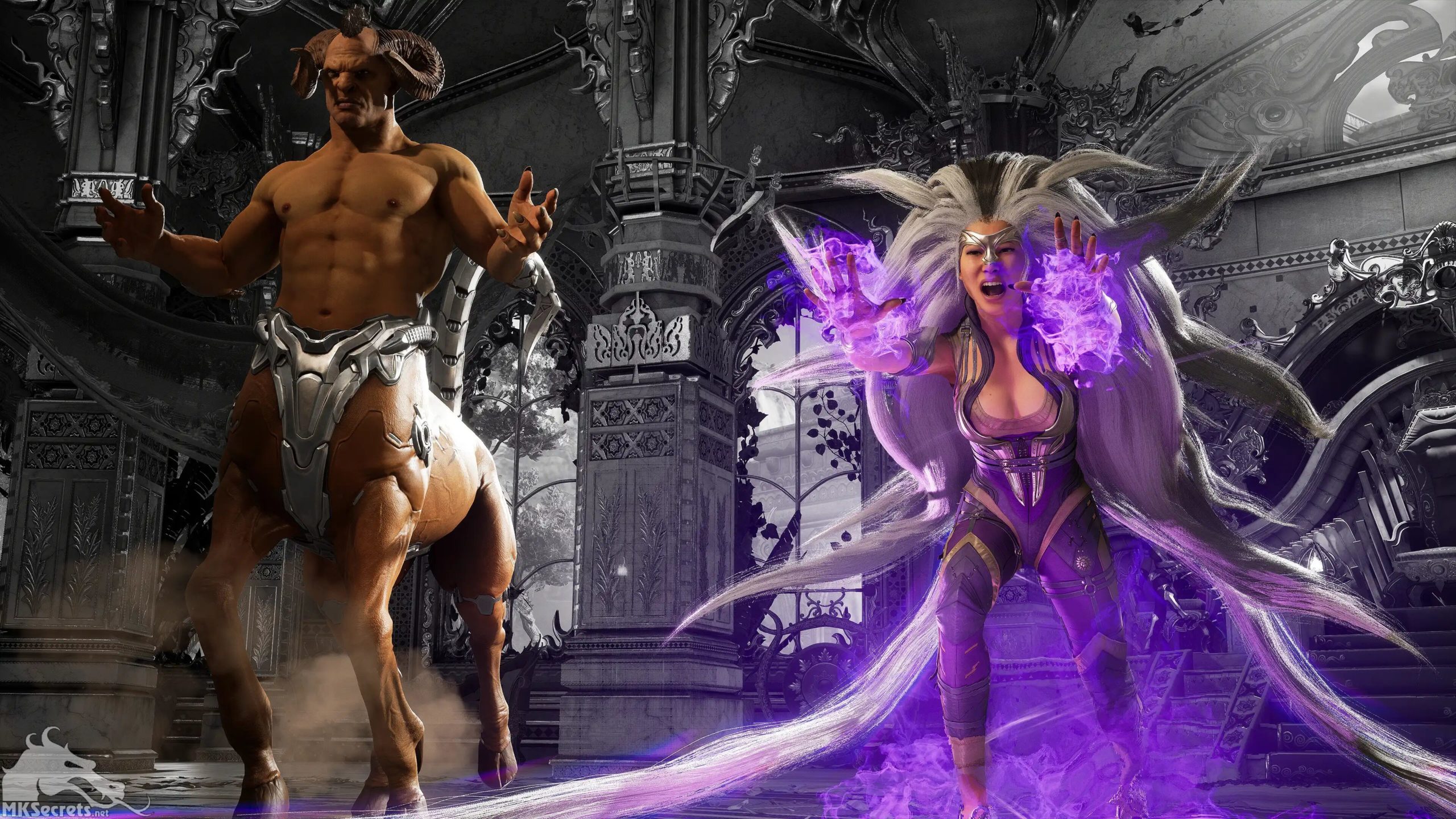
Causing Havik With Foes
Fighting games live and die by their online communities of dedicated players, so a key question to ask is whether people will stick around like General Shao’s angry persona. Well, the online runs buttery smooth (when my own connection wasn’t playing up) and I do think the roster is well balanced. During my time with both the beta and the full release, I’ve run the full gauntlet of players experimenting with the violent sociopath squad.
I even found myself trying out characters I’d have previously avoided like the plague. Discovering a particularly devastating sequence of kicks with Sindel or admiring Li Mei’s ability to land quick strikes, I tinkered more with this roster than any previous Mortal Kombat title. Other players were much the same, as in the Ranked Kombat League I don’t think I played against the same fighter twice for my first 20 sets or so.
I should mention sets in more detail too. The “Kombat League” is where you’ll be doing your ranked beatdowns with others. There are multiple tiers to ascend, with points gained for wins. The higher your tier and win/loss ratio, the better players you’ll fight. When you match with a player, it’ll be best of five, so you can only rematch until one of you reaches three wins or you quit out to the menu to start again.
You earn rewards as you progress and for the most part, the matchmaking would often balance out any grandiose ideas I had of “gitting gud”. Mortal Kombat 1 has found solid footing in creating a more balanced, evenly-matched roster with an engaging progression system for Versus play.
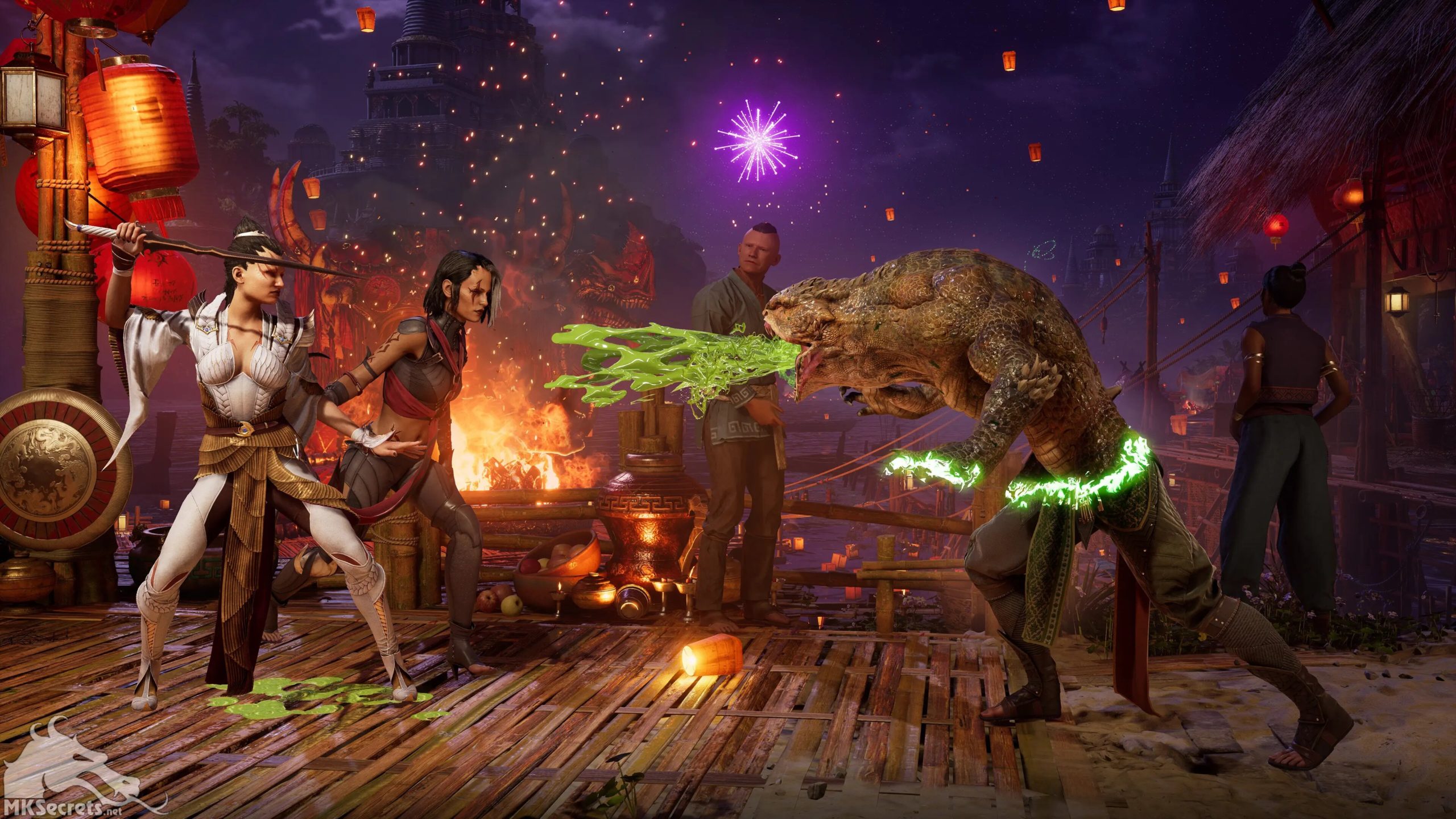
Smoke & Mirrors
I imagine this’ll keep a lot of fans invested as a result, so the game’s longevity can rest easy. However, you’ll still be victim to some ridiculous plays where you get spanked into a corner and air-juggled until you’re dismembered from a vicious fatality. People are still savage, of course.
Even if you’re getting truly obliterated by some try-hard demon online, you can at least marvel at the spectacle of Mortal Kombat 1. NetherRealm has fully taken advantage of current-gen hardware to deliver a game bursting with gorgeous vistas, stomach-curdling gore and stunningly animated effects. Despite having Kung Lao smashing my jaw in, I couldn’t help but admire the sadistic beauty of it all.
While maps are no longer interactive, the background details and effects are beautiful to behold. One in particular is disgustingly astounding, with fleshy monstrosities ambling around as you get your dragon fist on. Character models are full of detail and the re-imagined visual designs of the established characters are wonderful.
Mortal Kombat 1 is a pleasure to play and a feast for the eyes as a result. Naturally, it helps when the game runs smoother than Reptile’s skin and the technical performance is virtually faultless. Of course, the Fatalities and Brutalities return alongside Fatal Blows, providing the requisite rivers worth of blood, guts and innards we expect. Johnny Cage probably has my favourite new spine-smashing climax, but fair warning, you will be seeing far too much of the human anatomy than was ever natural.
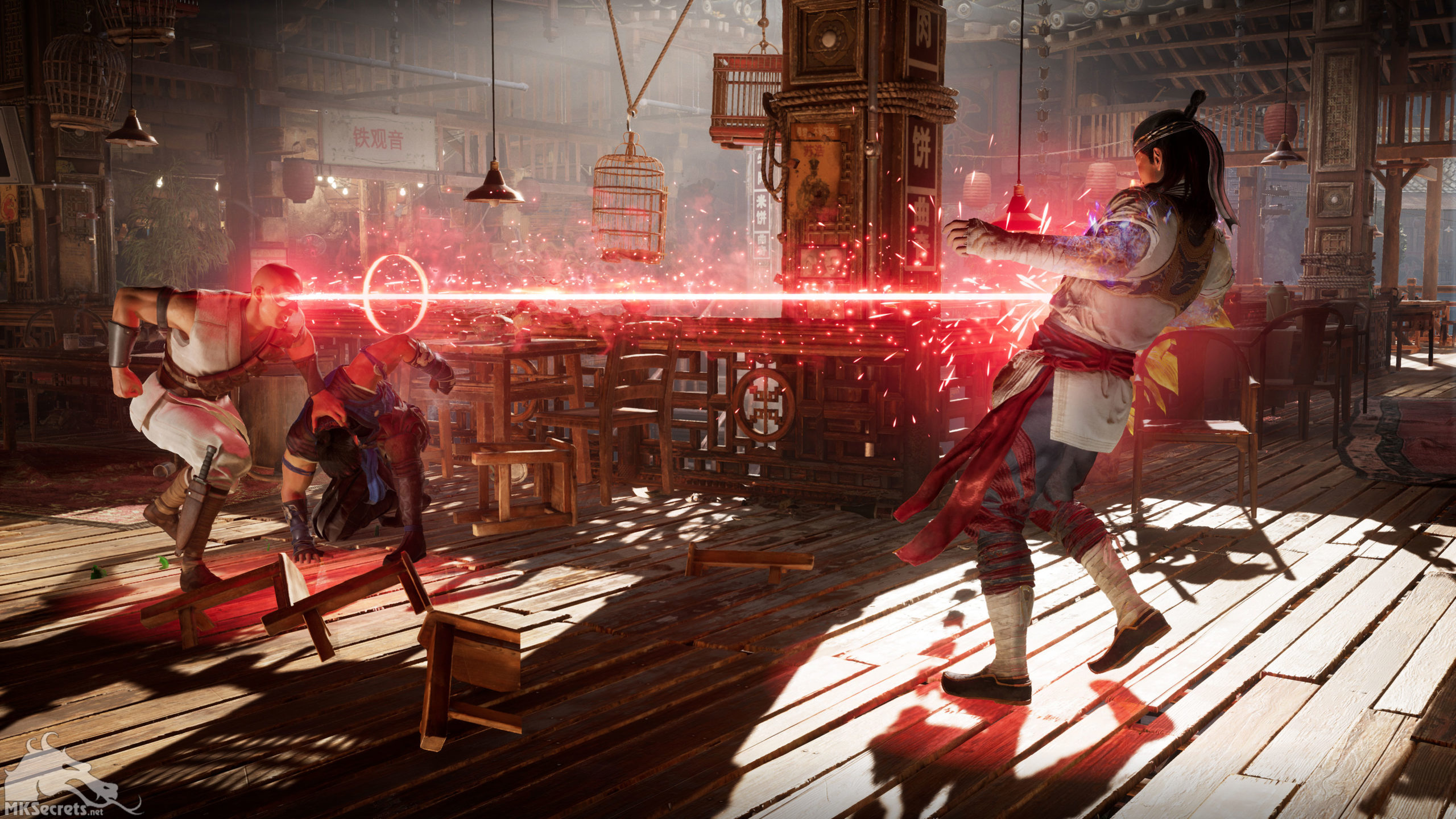
Making It Rain
As you engage in battle across the modes, you’ll level up your profile and each individual fighter. Levels provide you with new cosmetics, colour palettes and whatnot to make your Sub-Zero look that much cooler than anybody else’s. Thankfully, the dull-as-dishwater Krypt has been ripped out faster than Havik’s spine, in favour of a basic Shrine to spend points at for unlockables.
At the end of it all, however, is the question of whether Mortal Kombat 1 is just as (or more) fun than its predecessors. The simple answer is that it depends on what you were hoping for from the promised reset. 2023’s Mortal Kombat has a hugely entertaining, tongue-in-cheek campaign filled with memorable moments. The new Invasion mode is a blast, and the return to focusing on core combat mastery feels excellent.
The Kameo system won’t be to everyone’s taste, and some may lament the loss of mechanical depth from the scrapping of variations and level interactions. From my personal perspective, I can absolutely foresee spending just as much, if not more, time with this re-imagined iteration than Mortal Kombat 11. While I don’t appreciate the Kameo mechanic much, the basic pillars of the fighting are just too much fun.
There’s so much to enjoy about NetherRealm’s latest entry in the long-running franchise and it’s clear how much experience the team has at crafting visually arresting and mechanically satisfying games. In what may be the best period for fighting game fans ever, Mortal Kombat 1 is a definitive success and a wonderful beginning to a new future for the franchise.
Mortal Kombat 1 blazes onto current-gen hardware as hard as Liu Kang’s dragon kick. A fantastic campaign coupled with an engaging Invasions mode and a usual staple of rock-solid online modes offers a huge amount of content for fans. The roster is excellently balanced and while the Kameo system may not impress everyone, the back-to-basics fighting mechanics once again excel in this new dawn for the Mortal Kombat tournament.

Mortal Kombat 1 is available now on PS5 (review platform), Xbox Series S|X, Nintendo Switch and PC.
Developer: NetherRealm Studios
Publisher: Warner Bros. Games
Disclaimer: In order to complete this review, we were provided with a promotional copy from the publisher.
For our full review policy, please go here. If you enjoyed this article or any more of our content, please consider our Patreon
Make sure to follow Finger Guns on our social channels. Twitter, Facebook, Twitch, Spotify or Apple Podcasts – to keep up to date on our news, reviews and features
